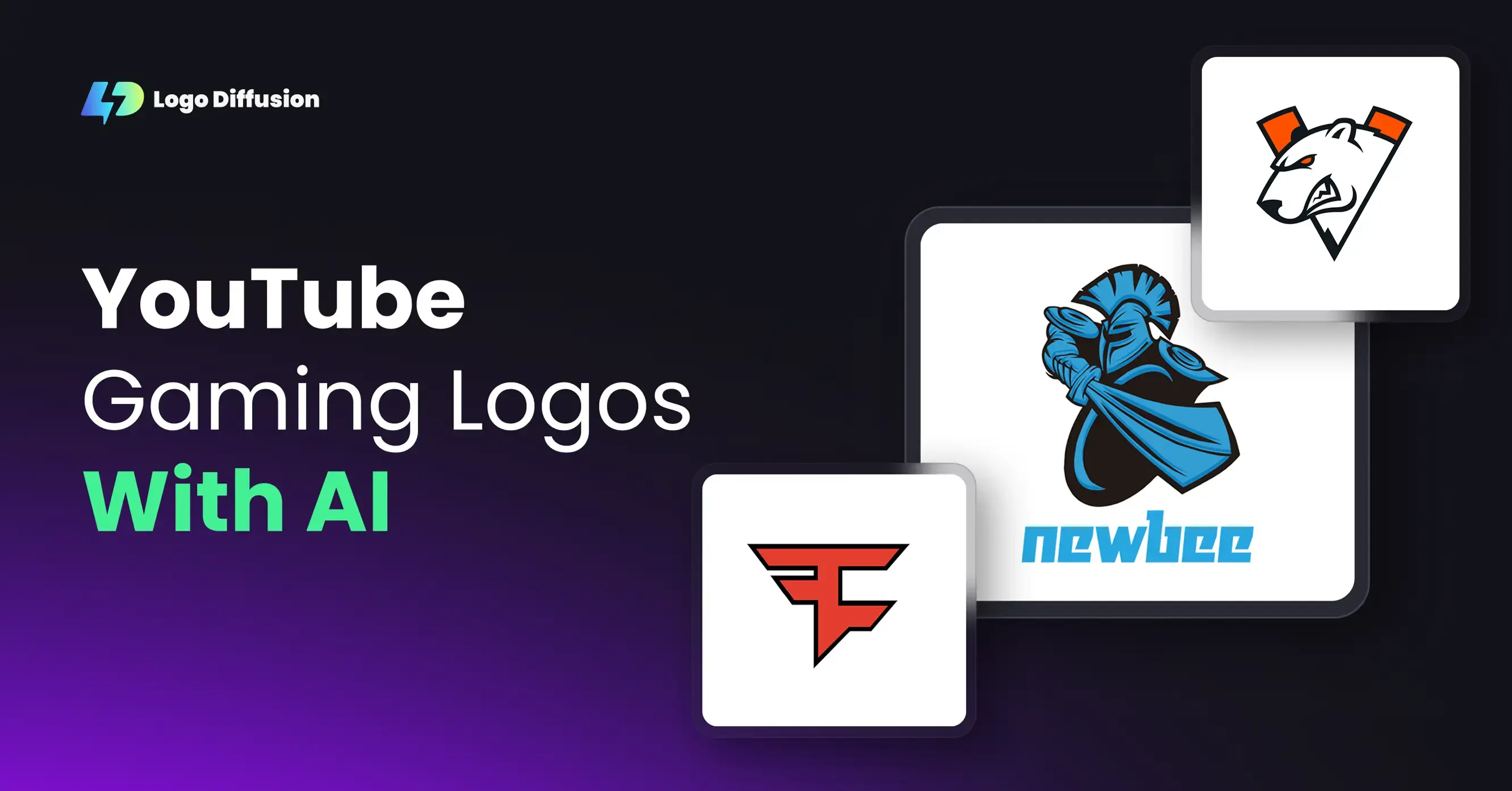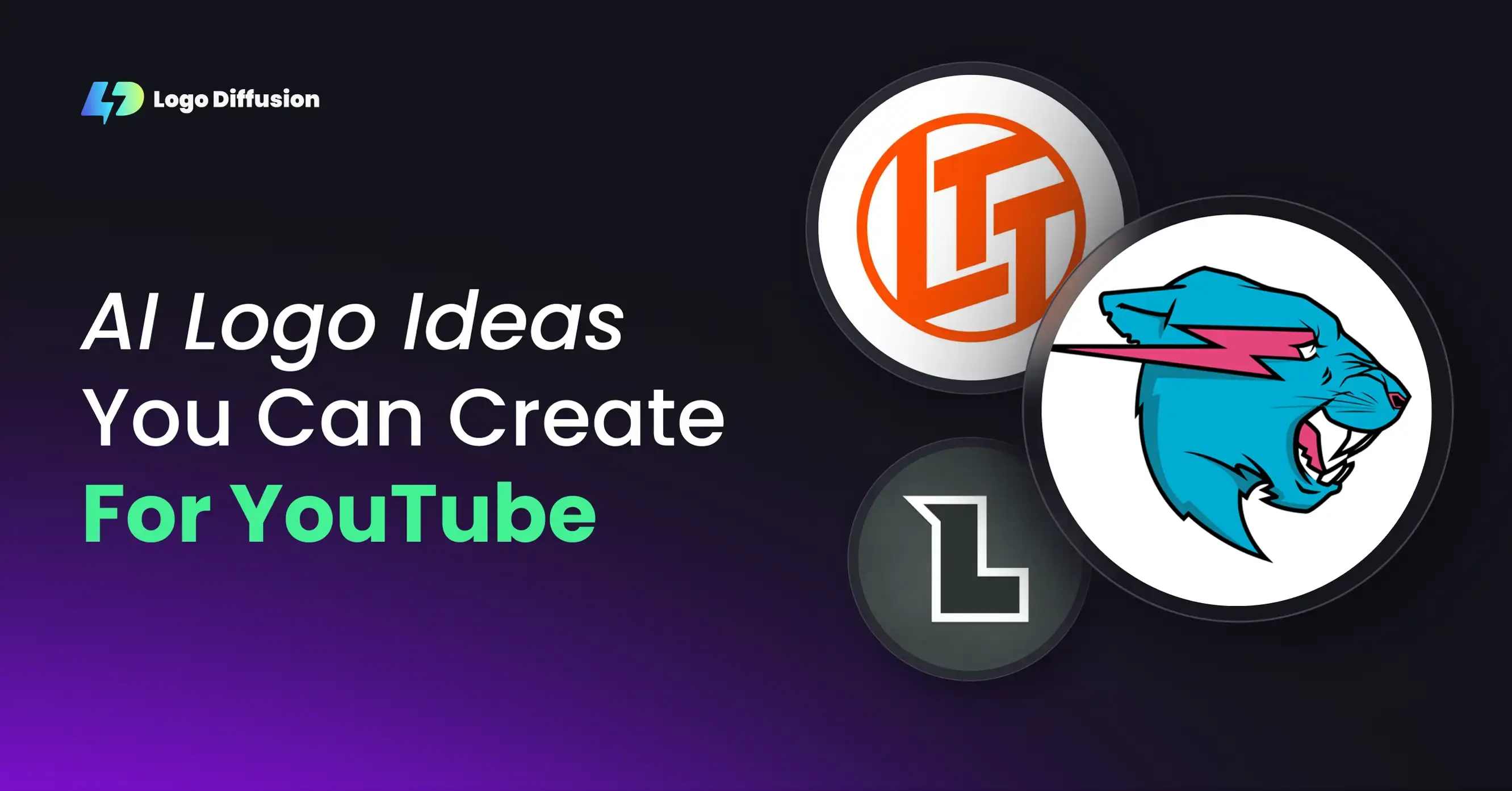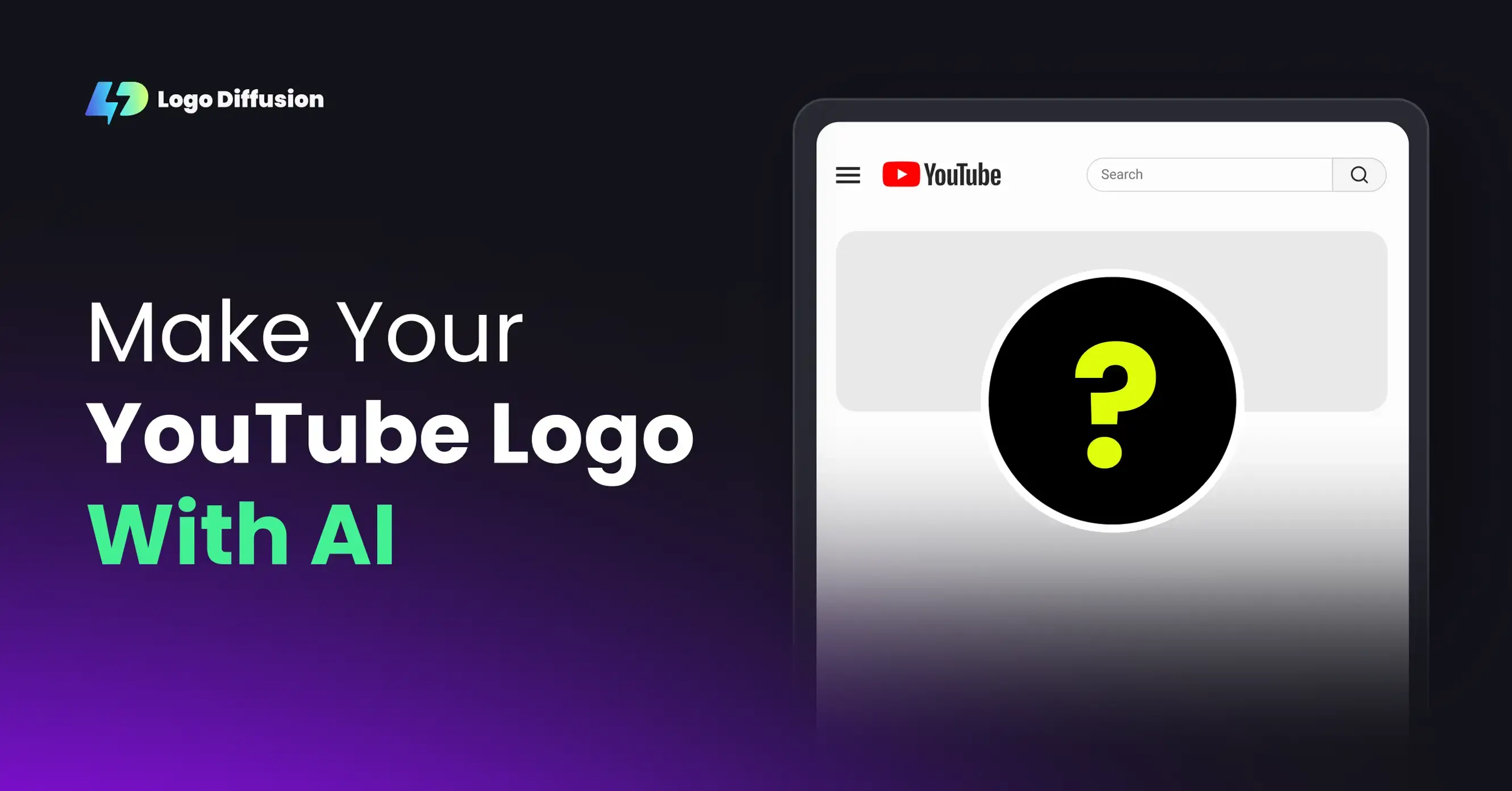

AI is transforming how logos are designed, especially in color adjustments. Using tools like style transfer, designers can quickly and precisely apply new color schemes while keeping a brand's identity intact. Here's what you need to know:
- Why Colors Matter: Colors influence brand recognition (up to 80%) and first impressions (90% based on color in 90 seconds).
- How It Works: AI tools like Logo Diffusion analyze a reference image's colors and apply them to your logo while preserving its structure.
- Key Features:
- Upload logos in vector or high-resolution formats.
- Adjust hues, saturation, brightness, and contrast for perfect results.
- Export in multiple formats like SVG and PNG for various uses.
- Accessibility and Standards: Ensure your colors meet WCAG 2.1 guidelines for visibility and consistency across platforms.
AI simplifies the process, saving time and enabling designers to focus on creativity while maintaining brand consistency.
Using Logo Diffusion's Style Transfer Tools

Setting Up Your Project
To get started, upload your logo in either vector format (.SVG) or a high-resolution PNG. Next, choose a style reference image that reflects the color palette you want to apply - ideally, something with bold and distinct contrasts. This reference will serve as a guide for transforming your logo's colors. Once uploaded, the platform allows you to transfer and adjust the colors with ease.
Color Transfer Process
The AI works by analyzing the primary, secondary, and accent colors from your reference image and mapping them onto your logo. It does this while preserving the original structure and hierarchy of your design elements.
You can tweak the results using the color intensity slider and balance controls. These adjustments ensure your logo retains its visual appeal while embracing the new color scheme.
Adjusting and Saving Results
After the initial color transfer, you can fine-tune the design further with several tools:
- Modify hues, saturation, and brightness to get the perfect look.
- Adjust contrast to ensure your logo remains clear and readable.
- Control how strongly the new style is applied across different elements of your logo.
Once you're happy with the final result, you can export your logo in a variety of formats to suit your needs:
| Export Format | Best For | Advantages |
|---|---|---|
| Vector (.SVG) | Print materials, signage | Scalable without quality loss, easy to edit |
| PNG with transparency | Digital media, websites | Crisp edges, no background |
| Upscaled PNG | Large displays, banners | Retains detail even at larger sizes |
These export options ensure your logo is ready for any medium, whether it's online or in print.
Color Standards for Brand Identity
Selecting Industry-Specific Colors
Choosing the right colors for your brand isn’t just about aesthetics - it’s about creating the right emotional connection. Different industries often lean on specific colors to communicate their values and goals. For instance, technology companies frequently rely on blues and greens to convey ideas like innovation and dependability. Financial institutions also favor blue tones, as they symbolize trust and stability. In healthcare, calming shades of blue and green are common, reflecting cleanliness and healing. On the other hand, retail and food brands often use reds and yellows to grab attention and inspire action.
Meeting Color Accessibility Standards
Making sure your logo colors meet accessibility standards is crucial for ensuring visibility across all platforms and devices. According to WCAG 2.1 Level AA guidelines, here are the minimum contrast ratios you should aim for:
| Element Type | Minimum Contrast Ratio | Application |
|---|---|---|
| Normal Text | 4.5:1 | Logo wordmarks, taglines |
| Large Text | 3:1 | Primary logo text |
| Graphical Elements | 3:1 | Icons, symbols |
Always use an accessibility checker to ensure your contrast ratios are correct. This step guarantees that your logo remains clear and legible, no matter the background or viewing conditions. By prioritizing accessibility, you create a strong foundation for effective and inclusive branding.
Following Brand Color Rules
Once accessibility is covered, the next step is maintaining brand consistency while allowing for creative flexibility. AI-powered tools like Logo Diffusion can help fine-tune your brand’s color palette without losing its identity. Here’s a simple breakdown of how to structure your color hierarchy:
- Primary Colors: Keep these mostly unchanged to preserve brand recognition.
- Secondary Colors: Allow slight adjustments within a set range.
- Accent Colors: Offer more freedom here to explore creative variations.
For global brands, adapting your colors to suit local preferences can make a big difference. While your primary colors should stay consistent, you can use tools like AI style transfer to tweak secondary elements for specific markets. For example, adding reds and golds for Chinese markets can align your brand with local symbols of prosperity and good fortune. This kind of thoughtful adaptation can help strengthen connections with diverse audiences - and studies show that consistent branding can increase revenue by up to 23%.
Lastly, ensure all AI-driven color adjustments are documented in a centralized system. Include exact specifications in formats like HEX, RGB, and CMYK to maintain uniformity across teams. Research indicates that people need to see a brand 5–7 times to recognize it, so consistent colors are key to building that familiarity.
sbb-itb-384f04f
Fixing Common Color Issues
Correcting Color Intensity
If AI style transfer causes unexpected color shifts, you can tweak saturation and intensity using Logo Diffusion's fine-tuning tools. Pay attention to the color temperature - warmer tones often evoke a sense of friendliness, while cooler tones suggest professionalism. Adjust these elements based on your industry. For instance, food and beverage brands might benefit from inviting, warm palettes, while corporate finance logos often lean toward cooler, more reserved tones. Above all, make sure your brand colors work together seamlessly.
Balancing Brand Colors
Start with reference images that accurately represent your brand's colors. From there, use Logo Diffusion's color mapping feature to ensure primary colors stay true to your brand identity, while secondary hues can be adjusted as needed. This approach helps maintain consistency and prepares your logo for further tweaks, especially when dealing with subtle gradients.
Preserving Gradient Quality
To keep gradients smooth and avoid issues like banding, begin with high-resolution files and use Logo Diffusion's creative upscaler. For more intricate gradients, take a step-by-step approach:
- Start with a low-intensity style transfer.
- Use fine-tuning controls to refine the gradients.
- Apply the upscaler to enhance details and transitions.
Pay close attention to transition areas, and compare versions side by side to spot and fix any irregularities. This ensures your gradients stay polished and professional.
Conclusion
AI-powered style transfer is reshaping how businesses handle logo color adjustments. It allows companies to experiment with creative color variations while keeping their brand identity intact. This technology is changing the way designers approach color manipulation, making the process faster and more reliable, all while staying true to the brand's essence.
Logo Diffusion builds on these advancements with tools designed for precise color adjustments. Its intuitive color mapping and fine-tuning features let designers produce polished results without hours of manual effort. With options for customizable color themes and design styles, the platform simplifies the process of adapting logos for different uses.
FAQs
How does AI style transfer preserve a logo's brand identity when adjusting colors?
AI style transfer works to preserve a logo’s brand identity by carefully examining the original design’s essential features - like its shapes, patterns, and overall structure. It then introduces updated color palettes while keeping these defining aspects intact, ensuring the logo remains familiar and true to its original vision.
Using tools such as Logo Diffusion, you can explore new color variations with confidence. The AI ensures any adjustments enhance the design without losing the essence of your brand. This approach makes it simple to give your logo a fresh look while staying connected to its core identity.
How can I ensure my logo colors meet WCAG 2.1 accessibility standards?
To make sure your logo colors align with WCAG 2.1 accessibility standards, it's important to prioritize contrast and readability. This ensures your logo is easier to interpret for individuals with visual impairments.
Here’s how you can achieve this:
- Check contrast ratios: Use online tools to confirm that your color combinations meet the required contrast ratios - 4.5:1 for regular text and 3:1 for larger text. These ratios are key for visibility.
- Don’t rely on color alone: Make sure critical elements in your logo aren’t communicated through color alone. Add text, patterns, or shapes to convey meaning more effectively.
- Test with assistive tools: Try screen readers or colorblind simulators to see how your logo appears to users with different visual needs.
Tools like Logo Diffusion can be a great resource for tweaking your logo’s colors while keeping accessibility front and center, ensuring your design is inclusive and visually engaging.
How does AI help businesses customize logo colors for different cultural markets?
AI-powered tools, like those from Logo Diffusion, simplify the process of tailoring logo colors to match the preferences and traditions of different regions. Using style transfer technology, these tools analyze color schemes and adjust them to reflect the aesthetic or symbolic meanings tied to specific cultures. For example, you might tweak a logo's colors to highlight the importance of red in China or blue in the United States.
With Logo Diffusion, you can easily upload your existing logo or even create one from scratch using text prompts, sketches, or pre-designed templates. The platform’s color customization tools let you explore various palettes, helping your logo connect with your audience while staying true to your brand’s identity.
Elevate Your Brand with the Ultimate AI Logo Maker




































.png)




